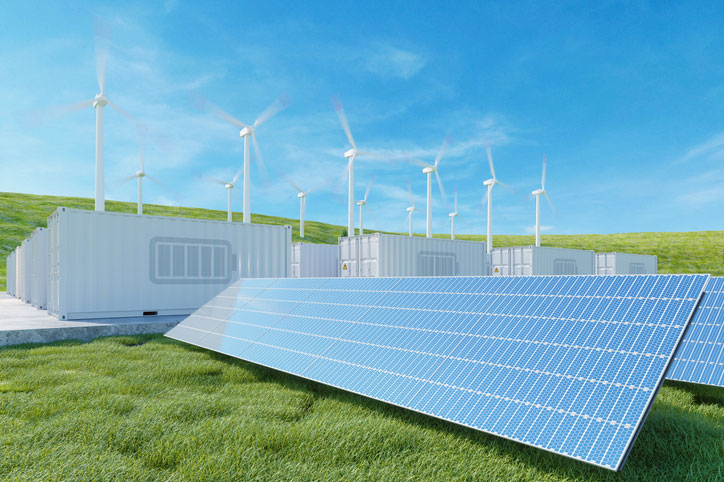(SEIA) WASHINGTON, D.C. — The U.S. Department of the Treasury issued final rules for the Advanced Manufacturing Production Tax Credit under Section 45X that accepted many of the Solar Energy Industries Association’s (SEIA’s) recommendations.
Section 45X provides incentives for solar and energy storage manufacturers across the supply chain, including manufacturers that produce solar cells, solar modules, inverters, trackers, and other parts of the supply chain. Because this tax credit is tied to production volume, it provides long-term support for manufacturers once a facility opens.
Following is a statement from Abigail Ross Hopper, president and CEO of the Solar Energy Industries Association (SEIA) on the new rules:
Section 45X is one of the most influential policies we have to onshore the solar supply chain. Clarity is key, and these rules provide the certainty domestic solar and storage manufacturers need to move forward with their investments.
Over the last year SEIA has advocated for solutions that make this credit more accessible, including realistic solutions to expand eligibility for inverter manufacturers and help storage manufacturers recoup upfront costs for accessing critical minerals.
As a result of these rules, investments in American workers and factories are here to stay. Whether it’s solar panel manufacturing in Georgia, steel rolling in Pennsylvania, or mineral production in Montana, the solar and storage industry is committed to making homegrown solar products.
We commend Treasury and the Biden administration for their continued efforts to support domestic manufacturing and invest in our energy independence.
Per the Department of the Treasury and the Internal Revenue Service:
Tagged with battery, SEIA, solar, windThe Advanced Manufacturing Production Credit provides a tax credit for the production and sale of statutorily specified eligible components to unrelated persons. Such eligible components include solar and wind energy components, inverters, qualifying battery components, and 50 applicable critical minerals. The eligible components must be produced in the United States or a territory of the United States.
Generally, the final regulations define qualifying production activities, provide rules for the sale of eligible components to unrelated persons as well as special rules that apply to sales between related persons, and provide rules to address contract manufacturing scenarios.
The final regulations also provide definitions of eligible components, rules related to calculating the credit, including eligible production costs, and specific recordkeeping and reporting requirements.






